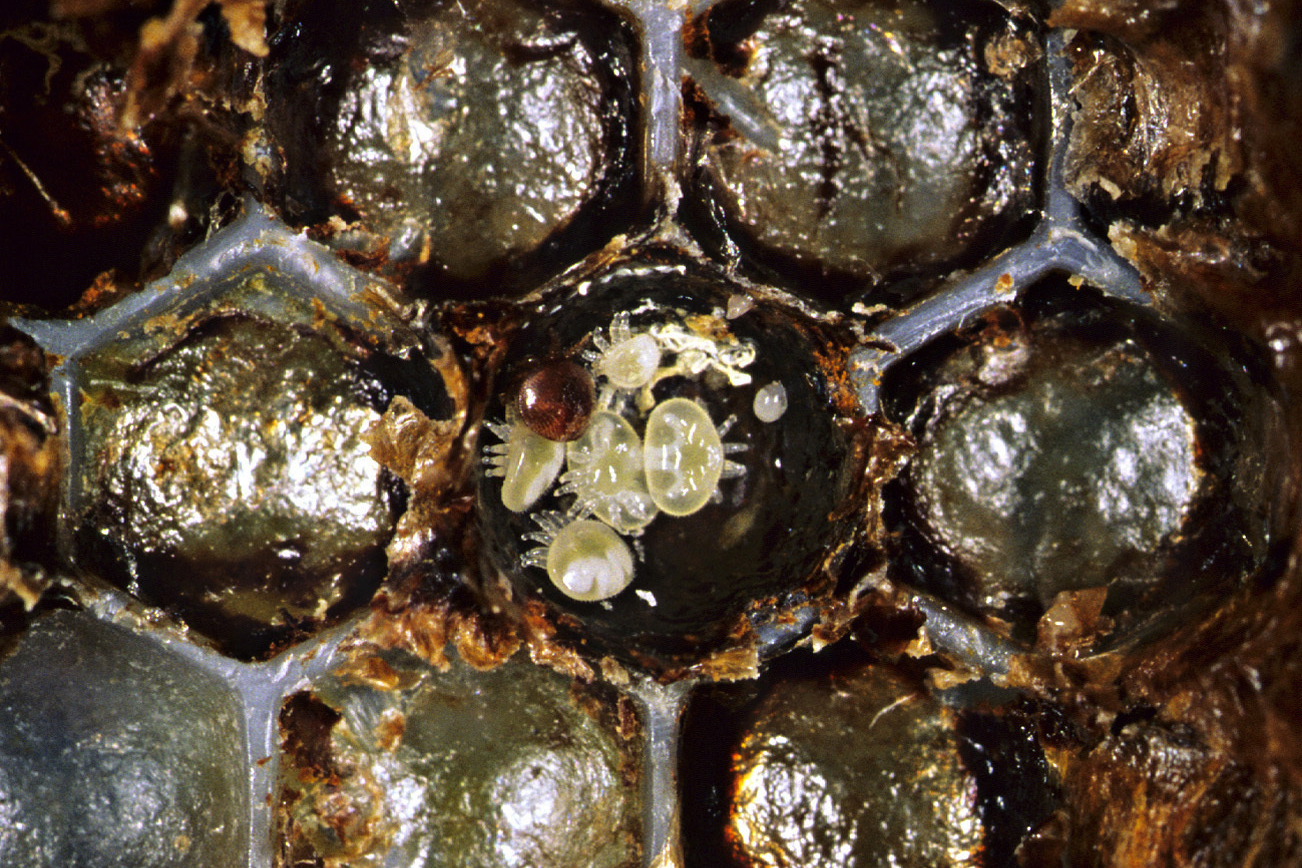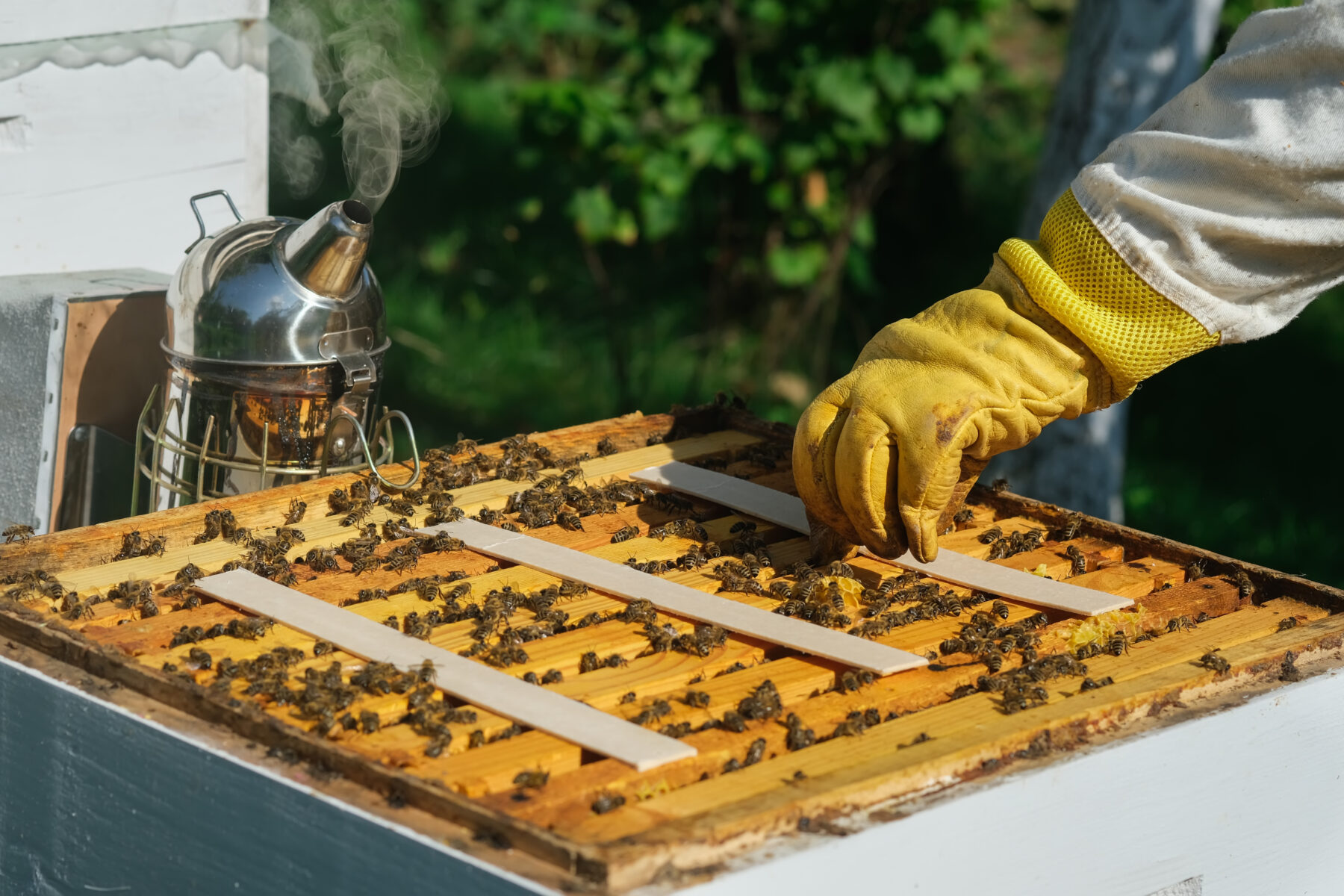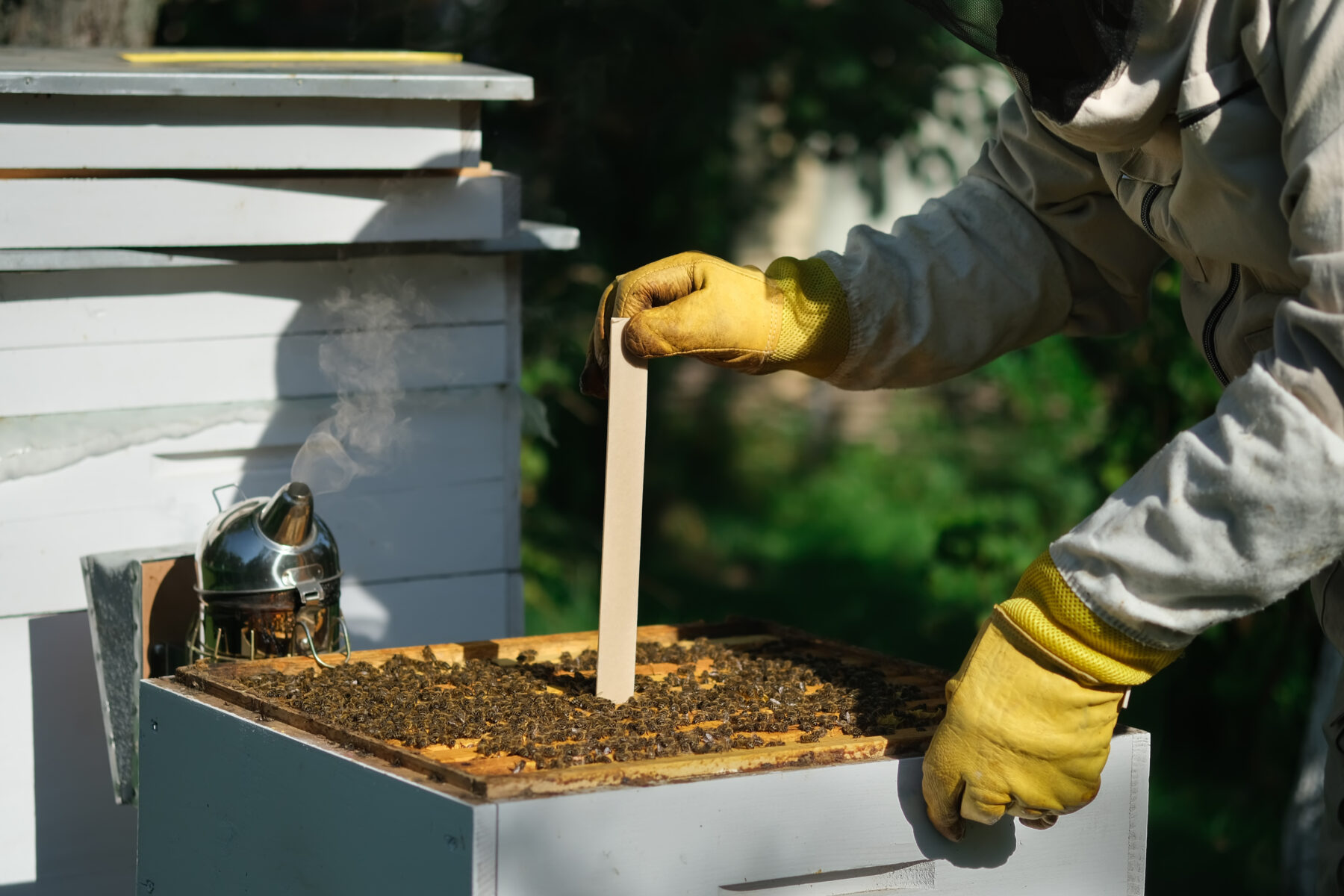Australia gives up on eradicating varroa mites

The deadly varroa mite (Varroa destructor) has spread undetected across New South Wales bee colonies for more than eight months, pushing the industry to swap its eradication strategy for suppression amid warnings of significant population losses.
The invasive mite was first detected near the Port of Newcastle in June 2022.
Despite a $100 million effort to eliminate the pest and more than 30,000 hives euthanised over the past 14 months, scientific data and advice suggests the strategy is no longer workable.
The National Management Group, which manages the spread of varroa mite, has now made a unanimous decision to transition its approach from eradication to managing the biosecurity issue.
It says the eradication strategy was made unviable by some keepers moving bees in containment zones, and a spike in detections across a wider area, pushing control teams to the limit.
A significant outbreak at Kempsey on the mid-north coast was the final straw after tracing failed to detect the pest in some hives for at least eight months, says NSW Department of Primary Industries director-general Scott Hansen.
“That has allowed the mite to spread faster and further than what tracing has been able to keep up with.”

An emergency order will split New South Wales into two zones as the state begins its next phase in the fight against varroa.
Hives within the Kempsey and Hunter regions will be placed under the management zone while a suppression zone will be set up for the rest of New South Wales.
Free movement will be allowed for hives within the management zone while those in the suppression zone will require a movement declaration.
Miticide strips, which contain chemicals that suppress the mites within the hives, will be applied to affected colonies in the management zones to allow keepers to continue their work without having to cull.
“Without eradication, we will be doing our best to suppress the spread,” Mr Hansen says.
“We are expecting it to continue to spread, however, across the countryside.”
The department will engage with industry stakeholders to provide education and management tools to beekeepers with the intention of suppressing the spread into other jurisdictions and building resilience.
Beekeepers ponder future
Australian Honey Bee Council chief executive Danny Le Feuvre says he is disappointed the mite couldn’t be eradicated despite the emotional and financial sacrifice made by the industry.
Keepers are facing the prospect of colony losses as the mite spreads.
The varroa mite mainly feeds and reproduces on larvae and pupae, causing malformation and weakening of honey bees and transmitting numerous viruses.
“In other countries where they are managing it, significant colony losses have become the norm in their beekeeping operations,” says Mr Le Feuvre.
But he supports the shift in approach after 20 per cent of New South Wales hives in containment zones were in line to be euthanised before the change.
“If we were to continue down that path, it would have killed the industry.”
Third-generation amateur beekeeper Chris Cooper, who has spent 18 years breeding bees, says “It’s horrifying.”
“The one hand didn’t know what the other hand was doing, somebody should have known and said ‘hang on a minute, we won’t do this (euthanise) at the moment’.
“At least we’ve gone to management now. We can try and manage it, the rest of the world has.”
Some beekeepers had been telling authorities for months that trying to eradicate the parasite was pointless, given no country had been successful in destroying the mite once it had taken hold.

The decision to abandon eradication and move to managing the pest came too late for North Coast beekeeper Daniel Costa.
Five hundred of his 750 bee hives were euthanised in early-September after the mite was detected.
After 23 years in the honey game, he’s now contemplating his future.
“If you’re going to get out, now is the time to do it,” he says.
“The eradications basically left a lot of businesses here crippled.
“There were a lot of hives that were destroyed in the last month and I believe that was all in vain, and cost the Australian taxpayer millions.”









